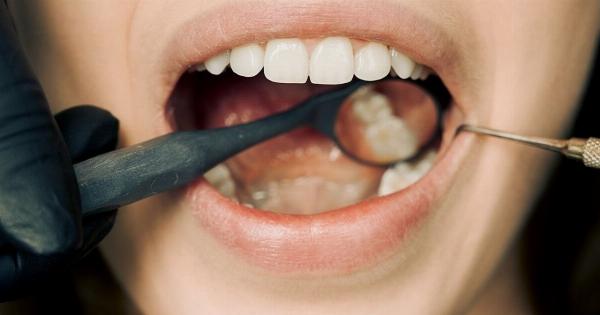Autoimmune diseases are becoming increasingly common, and they occur when your body’s immune system begins attacking healthy cells and tissues.
This happens because the immune system can no longer differentiate between your cells and foreign agents trying to harm you. Instead, it sees your body’s cells as harmful attackers and begins attacking them, leading to significant health problems. One such condition is Sjögren’s syndrome, a disorder that affects the body’s moisture-producing glands.
What Is Sjögren’s Syndrome?
Sjögren’s syndrome is an autoimmune disorder that attacks the moisture-producing glands, which are responsible for producing tears and saliva. The condition is named after Henrik Sjögren, a Swedish ophthalmologist who first described it in the 1930s.
According to the Sjögren’s Syndrome Foundation, approximately four million people in the United States have this condition, with around 90 percent of them being women.
Causes of Sjögren’s Syndrome
The exact cause of Sjögren’s syndrome remains unknown, but it is believed to be triggered by a combination of genetic and environmental factors.
The disorder is much more common in people who have a family history of autoimmune diseases, such as rheumatoid arthritis and lupus. Additionally, viral infections, exposure to certain toxins, and hormonal imbalances may also trigger the condition.
Symptoms of Sjögren’s Syndrome
Sjögren’s syndrome primarily affects the moisture-producing glands of the body, leading to dryness in various parts of the body. The most common symptoms include:.
- Dry eyes
- Dry mouth
- Dry skin
- Vaginal dryness
- Difficulty swallowing
- Dental problems
- Joint pain and stiffness
- Fatigue
Diagnosing Sjögren’s Syndrome
Diagnosing Sjögren’s syndrome can be challenging, as many of its symptoms are similar to those of other autoimmune diseases.
However, if you experience persistent dryness in your eyes, mouth, or other parts of your body, your doctor may order a series of tests to determine if you have Sjögren’s syndrome. These tests may include:.
- Blood tests to check for the presence of certain antibodies
- Eye exams to check for decreased tear production and corneal damage
- Biopsy of salivary glands to detect inflammation
Treatment for Sjögren’s Syndrome
Although there is no known cure for Sjögren’s syndrome, several treatments can alleviate its associated symptoms. Depending on the severity of your symptoms, your doctor may prescribe:.
- Artificial tears to soothe dry eyes
- Saliva substitutes to moisten and protect your mouth
- Nonsteroidal anti-inflammatory drugs (NSAIDs) to relieve joint pain and stiffness
- Immunosuppressant drugs to suppress the immune system and prevent it from attacking the body’s healthy cells
Lifestyle Changes for Sjögren’s Syndrome
In addition to medical treatment, making some lifestyle changes can also help manage the symptoms of Sjögren’s syndrome. These include:.
- Incorporating more omega-3 fatty acids into your diet to reduce inflammation
- Avoiding dry and dusty environments
- Using a humidifier to add moisture to the air inside your home
- Taking frequent sips of water to keep your mouth moist and protect your teeth
- Using lip balm and lotions to prevent dry skin, particularly during winter
Conclusion
Sjögren’s syndrome is a widespread autoimmune disorder that primarily affects the moisture-producing glands of the body. Although there is no cure, medical treatment, together with some lifestyle changes, can help manage the symptoms.
With proper medical care and a healthy lifestyle, anyone diagnosed with Sjögren’s syndrome can live a full and fulfilling life.






























